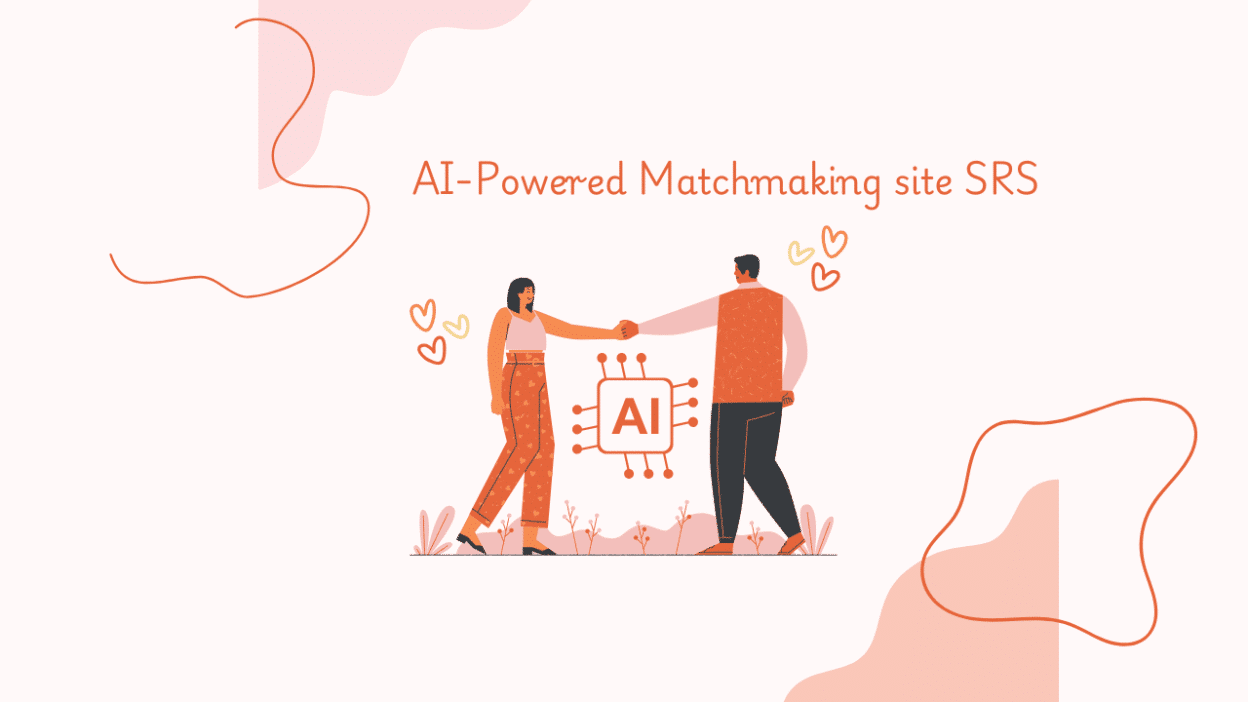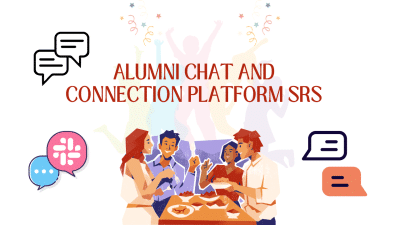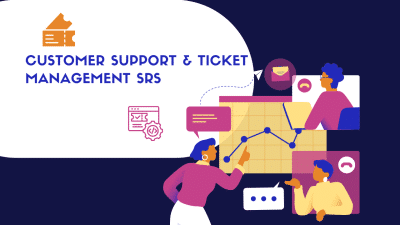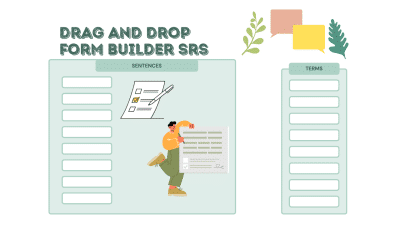Project Overview
Dating apps feel like a gamble. Swipe, match, chat—only to realize there’s nothing in common. This project changes that. An AI-powered matchmaking site that actually gets you.
It’s not about looks or random bios. The AI digs deep—interests, personality, habits—analyzing real compatibility. Users sign up, set preferences, and let machine learning do its thing. Every match comes with a compatibility score, so there’s no shooting in the dark.
Real-time messaging makes interaction easy, with text, images, and even video for those feeling bold. The more users engage, the smarter the AI gets, refining matches over time.
Built with React, Node.js, and a mix of databases to handle structured and unstructured data. The AI, powered by TensorFlow and PyTorch, learns from feedback to improve its matchmaking magic. Hosting runs on AWS or DigitalOcean, with Docker for smooth deployment. Security stays locked tight. End-to-end encryption keeps conversations private. No weird data leaks, no shady business.
Exciting upgrades are on the horizon—a mobile app, AI-driven voice and video analysis, and even sharper matchmaking. No gimmicks, just real connections with people who actually fit.
Introduction
Purpose
The purpose of this project is to develop an AI-powered matchmaking website that utilizes machine learning algorithms to match users based on their preferences, interests, and personality traits, offering a more personalized and effective experience than traditional matchmaking systems.
Scope
- User profile creation with preferences and interests.
- AI-powered algorithm for personalized matchmaking.
- Messaging and chat features for user interaction.
- Compatibility scoring to rank matches based on similarity.
- User feedback to improve the matching process over time.
Target Audience
- Singles looking for relationships based on compatibility.
- Online dating users who want more precise and meaningful matches.
Definitions, Acronyms, and Abbreviations
- AI Matchmaking Algorithm – Machine learning model used to match users based on their data.
- Profile Preferences – Information provided by the user to determine compatibility (e.g., age, interests, lifestyle).
System Features
User Profile Management
- Users can create, edit, and view their profiles.
- Profiles will include personal details, preferences, interests, and lifestyle choices.
AI Matchmaking Algorithm
- AI-powered algorithm that analyzes user data and provides match suggestions based on compatibility.
- The algorithm evolves over time by learning from user feedback.
Compatibility Scoring & Ranking
- Each match will have a compatibility score, helping users prioritize who to connect with.
- The score will be based on factors such as common interests, location, and behavior.
Chat/Messaging System
- Allows users to interact with their matches in real time.
- Includes text and media sharing (images, videos).
Feedback Mechanism
- Users can rate matches or the matchmaking algorithm itself.
- Feedback data helps the AI improve match accuracy.
Privacy and Security
- Implement strong encryption for data storage and messaging.
- Users can choose to hide sensitive information like contact details.
Technology Stack
Frontend
- React.js / Angular – For dynamic and responsive user interface development.
- HTML, CSS, JavaScript – Standard frontend technologies for styling and structure.
Backend
- Node.js (Express.js) / Django – For handling user authentication, database connections, and matchmaking logic.
- Python (Flask/Django) – For AI model development and integration.
Database
- PostgreSQL / MySQL – For structured user data storage (profiles, preferences).
- MongoDB – For handling unstructured data (e.g., messages, preferences).
AI/ML Algorithm
- TensorFlow / PyTorch – For developing and training the AI matchmaking model.
- Scikit-learn – For implementing basic machine learning models if needed.
Messaging & Real-Time Features
- Socket.IO – For real-time messaging between users.
- WebRTC – For video chat functionality (optional).
Hosting & Deployment
- AWS / DigitalOcean – For cloud hosting and scalable server solutions.
- Docker – For containerization, allowing easy deployment and scalability.
System Architecture
High-Level Overview
- Frontend: A web interface where users can create profiles, view matches, and interact with matches.
- Backend Server: Handles matchmaking logic, user data storage, and manages real-time communication.
- AI Engine: A machine learning model that processes user data to generate compatibility scores and recommend matches.
- Database: Stores all user profiles, preferences, and interaction history.
- Messaging System: Handles real-time communication between users.
Flow of Data
- User creates a profile by entering preferences, interests, and personal details.
- The AI engine processes the data and starts suggesting potential matches.
- Users can interact with matches via chat and provide feedback.
- The AI learns from user interactions and improves future matchmaking results.
Implementation Guide
Development Environment Setup
- Install Node.js/Express.js/Django for backend development.
- Set up React.js/Angular for front-end development.
- Install TensorFlow/PyTorch for building the AI model.
Core Feature Development
- Profile Creation and Management – Develop user registration, profile management, and preferences setup.
- AI Matchmaking Logic – Build the machine learning model and integrate it with the backend.
- Messaging System – Implement real-time messaging using Socket.IO.
- Feedback Loop – Develop a feedback system for users to rate matches and refine the AI algorithm.
Testing & Debugging
- Use Jest for unit testing frontend components.
- Use Mocha/Chai for backend testing.
- Perform A/B testing with different versions of the AI algorithm to see which one performs better.
Deployment
- Deploy the backend to AWS/DigitalOcean and use Docker for containerization.
- Host the front end using Netlify or Vercel.
Testing & Deployment
Functional Testing
- Ensure profile creation, matchmaking, and messaging features work as expected.
- Test AI model’s accuracy in providing compatible matches.
Security Testing
- Ensure data encryption and secure storage for sensitive information.
- Test authentication vulnerabilities.
Deployment
- Deploy backend on cloud services like AWS or DigitalOcean.
- Ensure real-time messaging functionality works properly across devices.
Future Enhancements
- Mobile App Support – Develop Android/iOS apps for users on the go.
- Voice and Video Matching – Integrate AI that suggests matches based on voice or video interaction patterns.
- Improved AI Algorithms – Use deep learning for better predictions and recommendations.
Conclusion
Finding the right person shouldn’t feel like a broken slot machine. AI takes the guesswork out, making matches that actually make sense. Smarter connections, better conversations, and way less awkward small talk—it’s dating, but upgraded.




